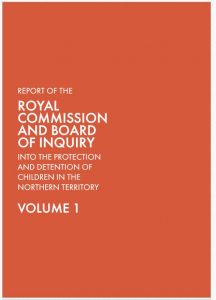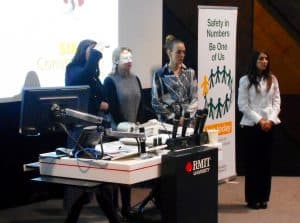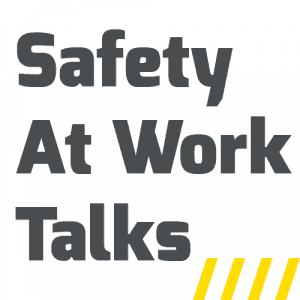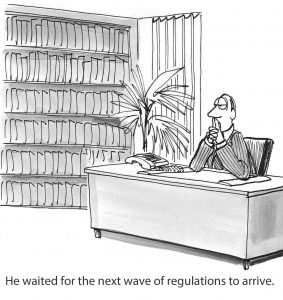 Australia is to have a Royal Commission into Misconduct in the Banking, Superannuation and Financial Services Industry. What’s this to do with occupational health and safety (OHS)? Not a lot, at first blush. OHS professionals and safety practitioners need to watch this Royal Commission because it could led to a fundamental reassessment of corporate culture. The OHS discipline is beginning to understand that it operates within that organisational, or corporate, culture; the same culture that will be examined over the next twelve to eighteen months.
Australia is to have a Royal Commission into Misconduct in the Banking, Superannuation and Financial Services Industry. What’s this to do with occupational health and safety (OHS)? Not a lot, at first blush. OHS professionals and safety practitioners need to watch this Royal Commission because it could led to a fundamental reassessment of corporate culture. The OHS discipline is beginning to understand that it operates within that organisational, or corporate, culture; the same culture that will be examined over the next twelve to eighteen months.
SafetyAtWorkBlog has written repeatedly on safety culture and the potential OHS changes from investigating the corporate culture of banks. An analysis of corporate culture inevitably includes discussions of due diligence, corporate governance, leadership, accountability and ethics – all elements that are critical to understanding and building safe systems of work. Continue reading “Banking Royal Commission should not limit our thinking about culture”

 In June 2016, the Australian Broadcasting Corporation showed
In June 2016, the Australian Broadcasting Corporation showed 
 On 30 October 2017, the Safety Institute of Australia and RMIT University held their annual
On 30 October 2017, the Safety Institute of Australia and RMIT University held their annual  The latest episode of Safety At Work Talks is a return to the sequence of interviews with Professor Sidney Dekker. In April 2017, Dekker published a book called
The latest episode of Safety At Work Talks is a return to the sequence of interviews with Professor Sidney Dekker. In April 2017, Dekker published a book called 
